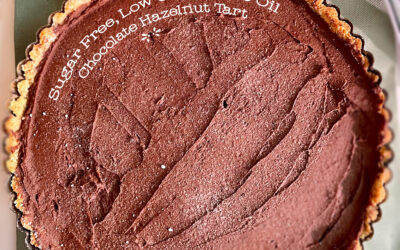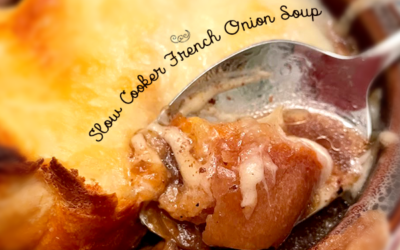

Article © Terra Brockman
Photo © Cara Cummings
PEAS: Sugar Snap and Snow
There is nothing quite so graceful as trellised pea plants in full swing. And nothing quite so tasteful as a crunchy sugar snap pea eaten straight off the vine. And nothing that so captures the essence of spring as peas–all kinds of peas.
Peas love cool, wet weather, and so are often only in season for a few weeks, when you will find local farmers bringing in the irresistible sugar snap pea, the Chinese or snow pea, and the good old fashioned shell (or English) peas.
Snow Peas: Healthy and Cosmopolitan
Snow peas are long, thin, nearly flat pea pods, with teensy proto-peas inside. But you’re not after the peas in this case; it’s the tender pod itself you’ll love. Traditionally found in Chinese and other Asian cuisines, they now appear in all sorts of dishes from salads to pastas to stir-fries.
Some say the name snow pea comes from the slight whitish tint reflected from the pods in bright sunlight. Others say it’s because they are a cool weather crop-best in the early spring or late fall, when they just might be covered with light frost or even snow. But no matter the name, or where it comes from, snow peas are sweet and crisp and delicious-and an excellent source of fiber, iron, potassium, and vitamins A and C. Snow peas are also among the most venerable of vegetables, with evidence of their cultivation going back more than 12,000 years along the Thai-Burma border.
Sugar Snaps: The Back Story
Way on the other end of the pea timeline, one of the newest pea cultivars is the sugar snap pea. Calvin Lamborn of Twin Falls, Idaho began crossing snow peas with shell peas in the 1960s. He was going after a pea that would have the edible, non-fibrous pod of the snow pea, plus the full-size interior peas of English peas. His hybrid was finally perfected in 1979, and has become a favorite of gardeners and market farmers ever since.
Both the pod and the peas are plump, succulent, and sweetly irresistible. The French call them mange-tout, which tells you what to do, “eat the whole thing,” preferably on the way home from market for maximum nutrition and enjoyment. As with all legumes, peas host beneficial bacteria in their root nodules, which make nitrogen in the air available as a fertilizer in the soil for themselves and whatever crop is planted there next. They are one of the true heroes of our fields and tables-so enjoy!
Quick Snow Peas with Lemon Herb Butter
Fresh peas cook really fast, so keep an eye on them, and take them off the heat as soon as they turn bright green.
Ingredients
2 tablespoons butter at room temperature
1 teaspoon finely grated fresh lemon zest
2 teaspoons finely chopped herbs of your choice (suggest half and half finely chopped tarragon and flat-leaf parsley)
1/2 teaspoon salt
1/4 teaspoon black pepper
1 pound snow peas, trimmed
Instructions
1. Stir together butter, zest, herbs, salt, and pepper.
2. Cook peas in boiling salted water until crisp-tender, about 1 minute. Drain well.
3. Transfer hot peas to a bowl, then add lemon herb butter and toss to coat.
Seasonal Cook’s Notes:
Snow Peas and Sugar Snap Peas can be used interchangeably in just about any recipe. Sugar Snaps are also great raw as part of a vegetable tray or a box lunch.
The best way to enjoy healthy, seasonal produce is to buy it from your local farmer. To locate the nearest farmers’ market or farm CSA near you, search for “Local Harvest” online.

Farm Fresh Now! is a project of The Land Connection, an educational nonprofit that preserves farmland, trains farmers in resilient and restorative farming techniques, and connects people with great locally-grown foods. This series is made possible with generous support from the Illinois Department of Agriculture.
Latest posts by Flora Caputo (see all)
- Sugar-Free, Low-Carb, Olive Oil Chocolate Hazelnut Tart - February 18, 2023
- Easy Slow Cooker French Onion Soup - November 28, 2022
- Recipe: Chicken Vindaloo with Whole Foods Vindaloo Curry Powder - January 22, 2022




